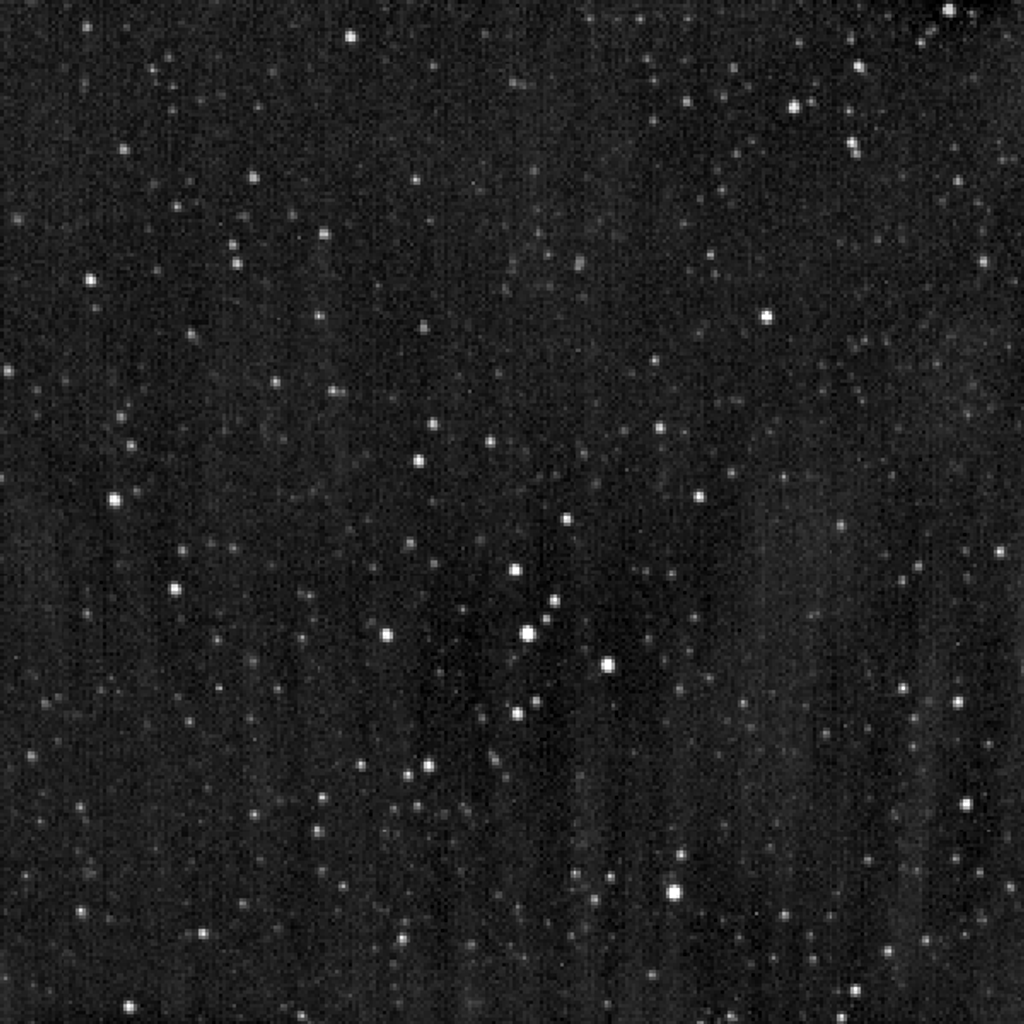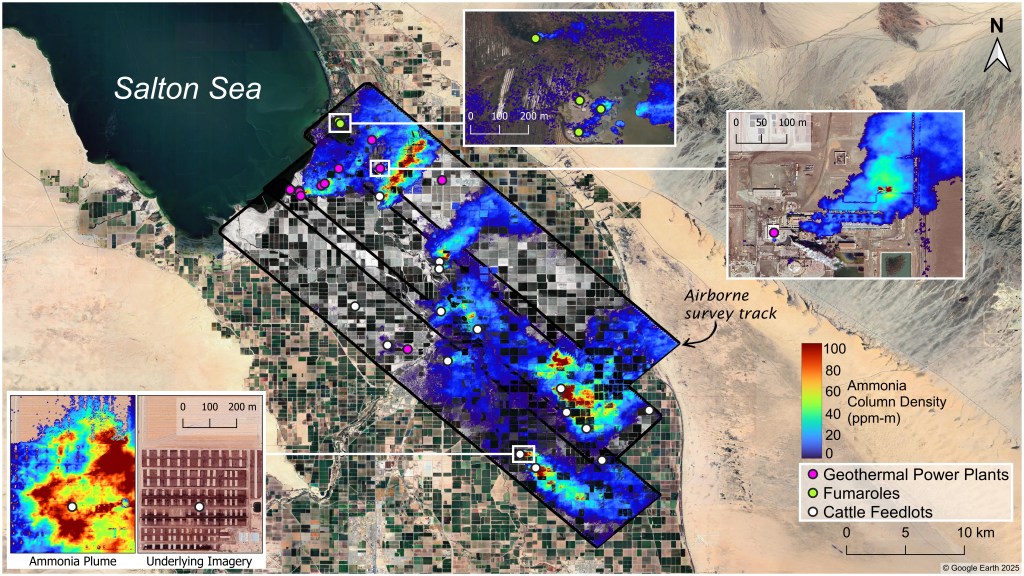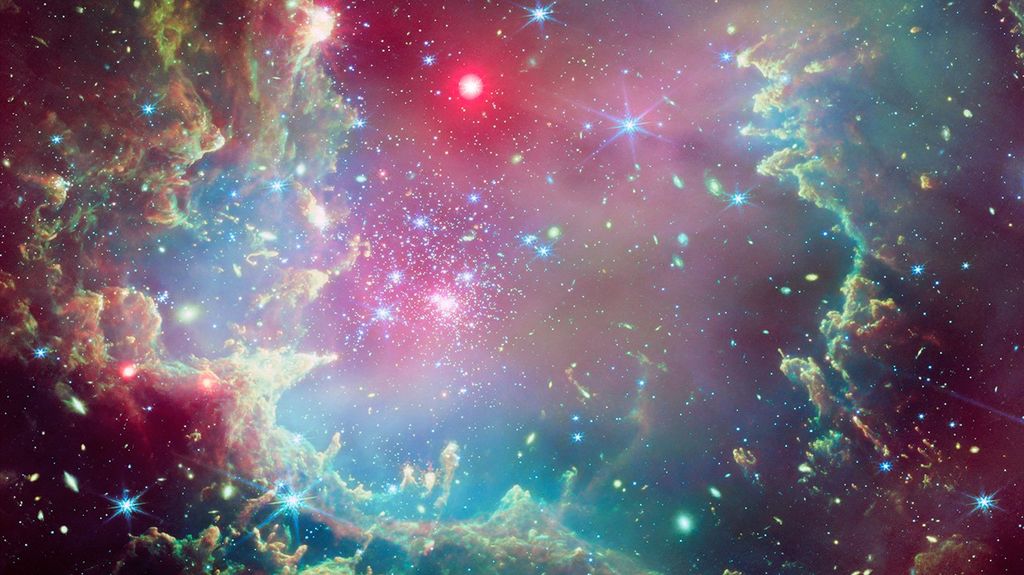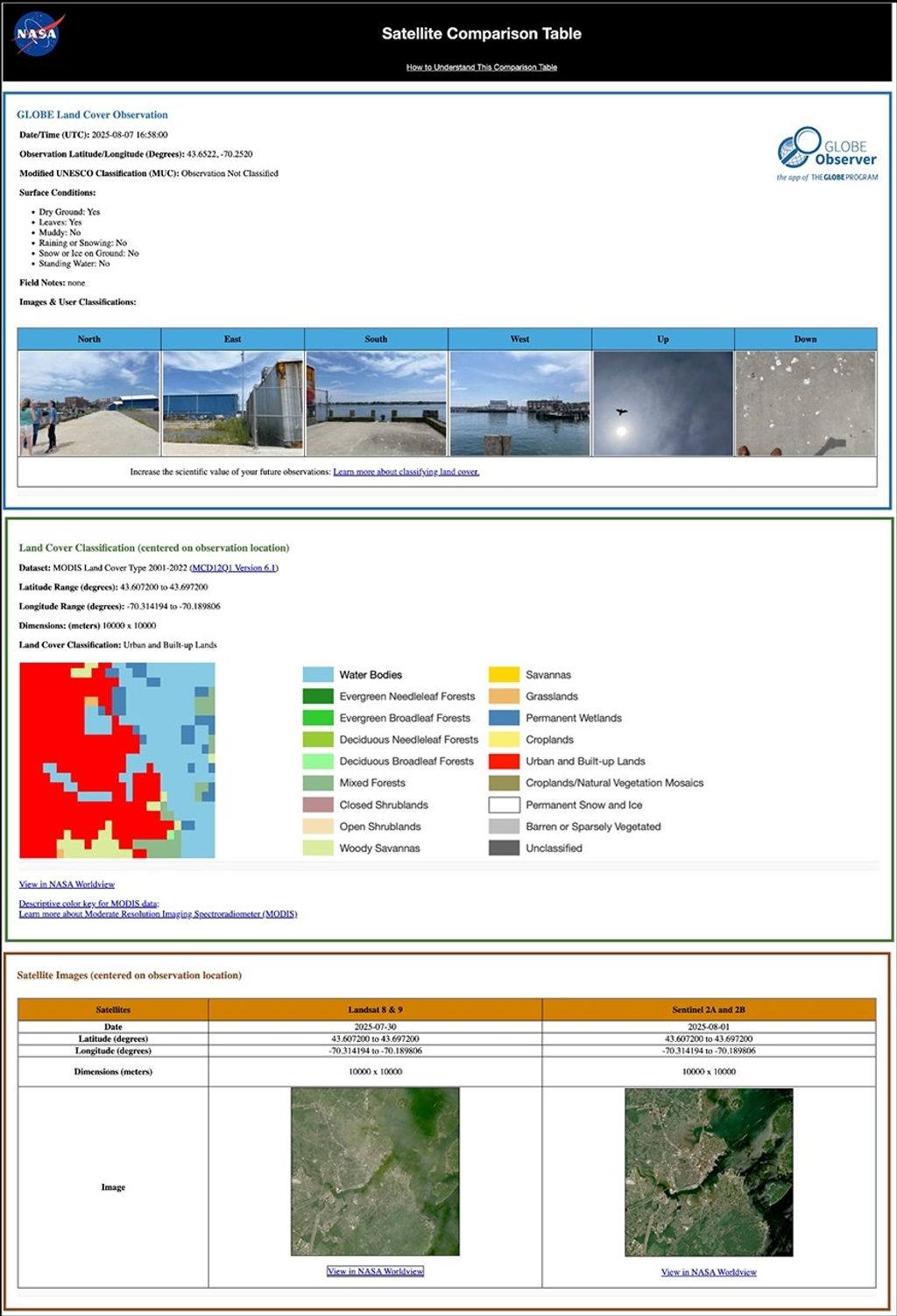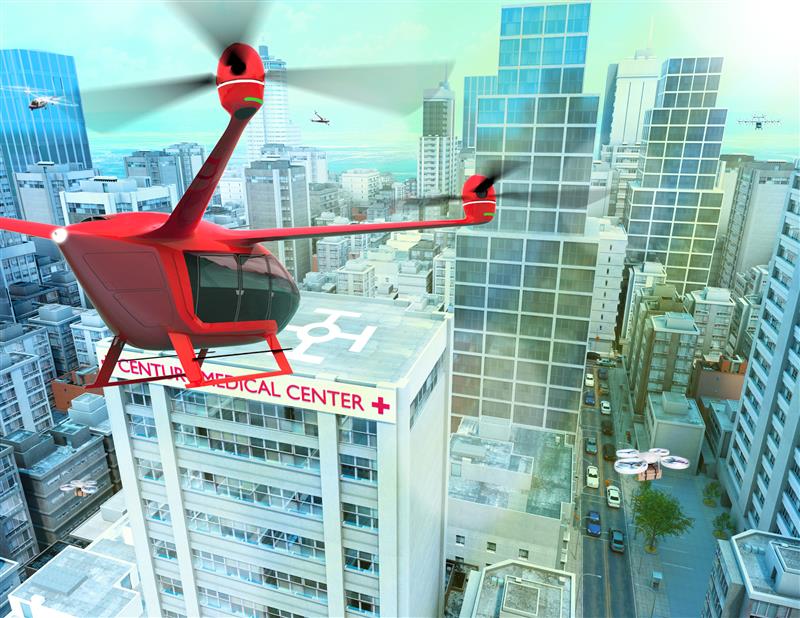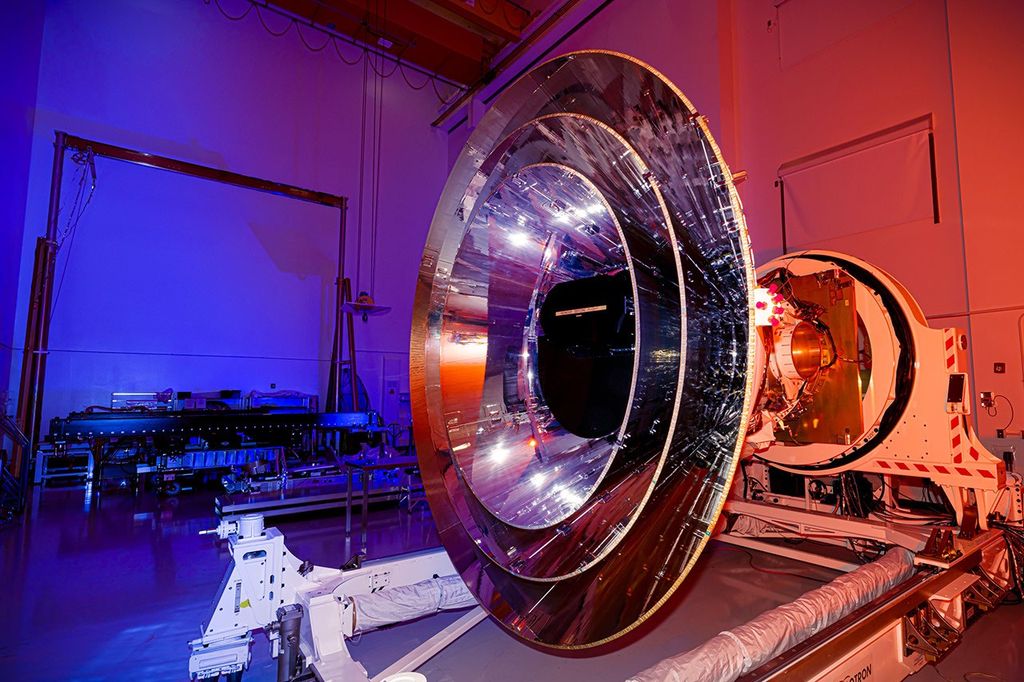ISS Daily Summary Report – 3/13/2024
Payloads:
Boeing Environment Responding Antimicrobial Coatings-2 (AC-2): The crew performed the routine periodic touching of two experiment placards deployed in various locations throughout the ISS. Antimicrobial Coatings-2 tests an antimicrobial coating on several different materials that represent high-touch surfaces. Some microbes change characteristics in microgravity, which could create new risks to crew health and spacecraft systems as well as creating the possibility of contaminating other planetary bodies. The samples remain in space approximately six months before returning to Earth for analysis.
Bone on ISS: Samples were collected and processed in support of the Bone on ISS investigation. The Unsolved Issues for the Skeleton and Role of FG23-Klotho Axis—Contribution of a Bone Digital Twin (Bone on ISS) investigation aims to better understand the space-induced bone loss and the bone long-term recovery by assessing bone morphology, quality, and cellular activity markers before, during and after spaceflight. The data gathered is computed together to develop a bone digital twin model able to predict astronaut-specific bone evolution.
Combustion Integrated Rack/Solid Fuel Ignition and Extinction (CIR/SoFIE): The crew completed the remaining activities to reconfigure CIR/SoFIE from Growth and Extinction Limit (GEL) to Material Ignition and Suppression Test (MIST) experiment support. SoFIE-GEL studied burning in microgravity by measuring the amount of heating in a fuel sample to determine how fuel temperature affects material flammability. SoFIE MIST examines thermally assisted burning in microgravity, by varying parameters including air flow speed, oxygen concentration, pressure, and level of external radiation.
Complement of Integrated Protocols for Human Exploration Research on Varying Mission Durations (CIPHER): In support of the CIPHER suite of investigations, the crew performed a series of ultrasound scans. CIPHER consists of 14 studies designed to improve our understanding of physiological and psychological changes in humans on missions that range from weeks to one year in duration. Conducting the same research over missions of different durations allows scientists to extrapolate to multi-year missions, such as a three-year round-trip to Mars. This data could provide deeper knowledge about changes that may occur on such missions and support the development of countermeasures to promote astronaut health and well-being.
Flawless Space Fibers-1 (FSF-1): A crewmember gained access to the MSG work volume and searched for a piece of liberated preform from a previous processing attempt. Although the piece could not be located, the facility is safe for subsequent use, and a new sample was installed for later processing. Production of Flawless Space Fiber (Flawless Space Fibers-1) tests new hardware and processes for producing high-quality ZBLAN optical fibers in space. ZBLAN is a class of materials with varying compositions, but typically consisting of around 53% ZrF4, 20% BaF2, 4% LaF3, 3% AlF3, and 20% NaF. Previous studies have shown improved properties in fibers produced in the absence of Earth’s gravity, which can degrade the fibers. The ISS provides a platform for rapid production of high-quality fibers with applications in remote sensing and communications in space and on the ground.
Immunity Assay: In preparation for science activities later this week, the crew reviewed the Big Picture Words (BPW), gathered the experiment hardware, and set up the Kubik incubators. The Monitoring the Cellular Immunity by In Vitro Delayed Type Hypersensitivity (DTH) Assay on the ISS (Immunity Assay) investigation aims to monitor the impact of spaceflight stressors on cellular immune functions in a blood sample, with the help of a functional immune test.
Systems:
Extravehicular Mobility Unit (EMU) Hard Upper Torso (HUT) On-Orbit Replaceable Unit (ORU) and Water Line Vent Tube Assembly (WLVTA) Remove and Replace (R&R): The crew performed an on-orbit swap of the HUT on EMU 3004 with a spare standalone one and replaced the WLVTA. This activity exchanged the HUT from a Medium to an Extra-Large. The EMU is and independent anthropomorphic system that provides environmental protection, mobility, life support, and communications for the crewmember to perform an EVA in Earth orbit. Within the EMU, the WLVTA uses Multiple Water Connector to connect the EMU cooling and ventilation loops to the Liquid Cooling and Ventilation Garment (LCVG).
Regenerative Environmental Control and Life Support System (ECLSS) Recycle Tank Drain & Fill: The recycle tank was set up to drain via the Urine Processor Assembly (UPA) Fill Drain Valve into the Brine Processing Assembly (BPA) using the Urine Transfer System (UTS). Following the setup, the ground performed the tank drain using the UTS. Once the ground specialists completed the transfer, the crew verified the recycle tank was empty, terminated the drain, repositioned the fill/drain valve to force fill the recycle tank using UTS, and configured for nominal processing operations. The crew also swapped the EDV in the offload EDV spot of the UTS.
Health Maintenance System (HMS) Ultrasound Scan: The crew used the ultrasound device to perform a Venous Thromboembolism (VTE) scan. This routine medical exam utilizes existing on-orbit eye exam ultrasound hardware for imaging of the neck, clavicle, shoulder, and behind the knee. VTE scans utilize a different frequency than the eye exams. VTE is a condition that occurs when a blood clot forms in a vein. On Earth, this VTE is usually due to bed rest or sitting to long without moving, such as during travel; however, in space, VTE can be caused by distension and alteration of vascular structures due to fluid shifts, changes in red blood cell counts on-orbit causing blood viscosity changes, or stress.
Look Ahead Plan
Thursday, March 14 (GMT 074)
Payloads:
- BFF
- Cerebral Autoregulation
- Flawless Space Fibers-1
- Immunity Assay
- Wanted Poster – ER Power Jumper
Systems:
- Transfer Cygnus Cargo Operations
- HMS ISS EveryWear Nutrition & Medication Tracking
- HMS WinSCAT Test
- Russian Urine EDV Inspection
- EMU ORU Checkout






